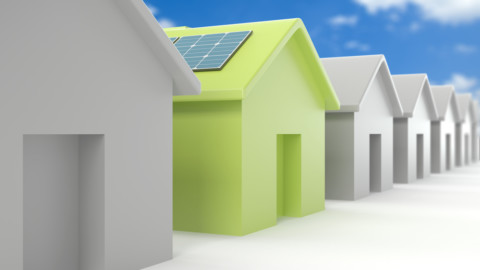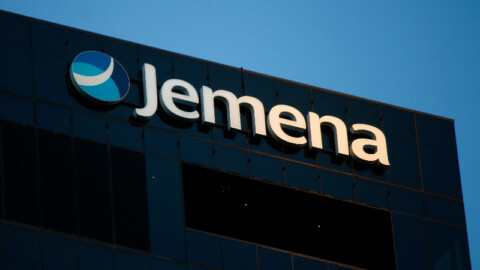Australian Gas Networks (AGN) will construct and operate a $11.4 million hydrogen production facility at Tonsley Innovation District in the south of Adelaide with the South Australian Government approving the project.
Adelaide-based AGN – part of the Australian Gas Infrastructure Group (AGIG) – said development approval paved the way for plant construction to commence at Hydrogen Park SA (HyP SA), with first production of hydrogen targeted for mid-2020.
AGN’s Chief Executive Officer, Mr Ben Wilson, said, “This is a significant milestone in South Australia’s continuing transition to a cleaner energy future. It propels the state’s status as a leader in renewable technology and a first mover in hydrogen.
“At HyP SA we will be building a 1.25MW electrolyser as the first Australian demonstration project of its scale and size, with small quantities of renewable hydrogen produced and blended into the local gas distribution network next year.
“This will enable residents in parts of the Adelaide suburb of Mitchell Park, by mid- next year, to become South Australia’s first natural gas customers to receive a blended five per cent renewable gas – a combination of natural gas and renewable hydrogen.”
AGN received a $4.9 million grant from the South Australian Government’s Renewable Technology Fund to build and operate the project. Using a 1.25MW proton exchange membrane (PEM) electrolyser, renewable electricity will be used to split water into oxygen and hydrogen gas.
The renewable hydrogen will then be blended with natural gas and supplied to 710 customers in southern areas of Mitchell Park via the existing natural gas network.
South Australia’s Minister for Energy and Mining, Dan van Holst Pellekaan, said the facility is a key component of the government’s plans for renewable hydrogen.
“The release of our Hydrogen Action Plan this week shows we’re committed to growing hydrogen exports from South Australia, creating jobs and pushing renewable hydrogen into our energy mix.
“This is a significant step forward towards an affordable and reliable renewable energy future for South Australia.”
Mr Wilson said AGN’s HyP SA project represents the first step towards decarbonising South Australia’s gas networks.
“The decarbonisation challenge is huge and many solutions are needed for Australia to meet its emission reduction targets, and that includes gas stepping up to play its part.
“Developing the hydrogen economy will also play a key role and the momentum around hydrogen is building with burgeoning research and development underway.
“Commercial hydrogen production is achievable and can decarbonise Australia’s energy mix while at the same time accessing export markets.
“Australia – including South Australia – is ideally placed for hydrogen export to North Asia.
“When burnt, hydrogen does not release any carbon emissions, only water and heat so it is essentially just another gas we can use in place of, or blended with natural gas to provide energy and heat.”
Customers receiving the blended five per cent renewable gas will not notice any difference in their gas supply.
There is no additional cost to customers receiving the blended five per cent renewable gas and the change will not impact any arrangements these customers have with their existing natural gas retailer.
Renewable hydrogen will comprise no more than five per cent of the total blended renewable gas volume to be supplied to parts of Mitchell Park. The characteristics of the blended five per cent renewable gas are consistent with the Australian Standard for natural gas supply.
Similar projects are under development in other states by other gas network operators. Whilst natural gas is already a low-carbon option for homes and businesses, the blending of renewable hydrogen provides an opportunity to reduce carbon emissions even further.
The new blended five per cent renewable gas is not the first time hydrogen has been used in Adelaide homes.
Before natural gas pipelines were laid in the 1960s, Adelaide properties ran on ‘town gas’ which was manufactured from coal and typically comprised 50-60 per cent hydrogen.
Hydrogen is already in use in parts of Europe as a blended residential gas for cooking, hot water and heating, varying between 10 per cent and 20 per cent of total gas content.
This project is a first step in AGN’s vision to deliver 100 per cent renewable gas.
















